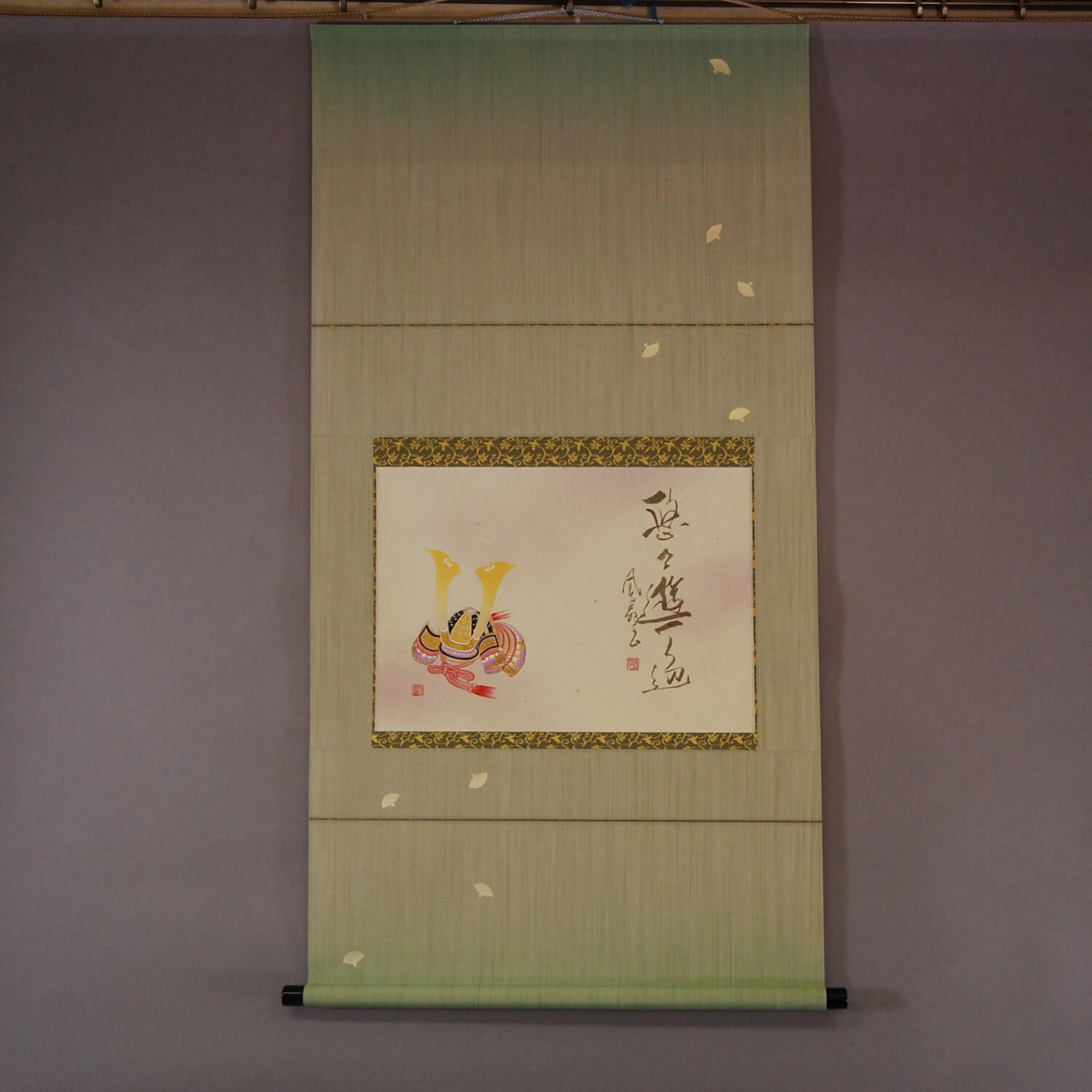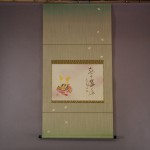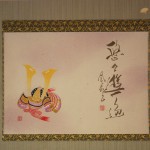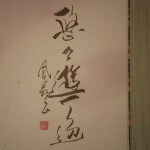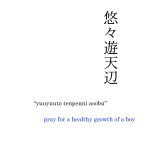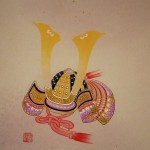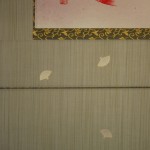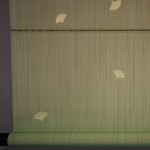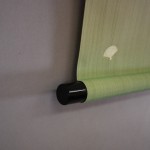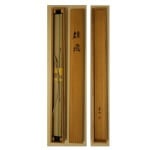Products Lineup
News / Blog
Other Menus
Kakejiku Hanging Scroll: Helmet / Suikou Saitou & Houen Kusunoki - Yuuhi
- Product ID
- 0147
- Name
- Suikou Saitou & Houen Kusunoki
- Profile
Suikou Saitou 1913-1987
A Japanese-style painterHouen Kusunoki ? –
A calligrapher- Size
- 724mm x 1330mm
- Roller End Material
Wood coated with black "urushi" (lacquer)- Material of the Work
- Japanese paper
- Price
- JPY 90,000
- Stock Condition
The original of this item has sold out. An additional order has been placed with the artist. The item currently in stock resembles the original but differ in details and color. This is because the artwork is not printed but hand-painted. Besides, the mounting fabric might be different due to the stock condition of it. Please note that they are not duplicates.- Payment: Click the Paypal Mark
- Duty and Taxes
Import duty and taxes are beyond our control and may apply to your shipment. Please noted that these fees are the responsibility of the buyer.
- Description
“Kabuto” is a type of helmet first used by ancient Japanese warriors, and in later periods, they became an important part of the traditional Japanese armor worn by the “samurai” class and their retainers in feudal Japan.
A helmet for interior decoration is often used in the Boy’s Festival of Japan held in May. The helmet is considered a charm to protect a boy against evils. That is why a helmet is often painted as a symbol for the Feast of Flags (the Boys’ Festival).
This work is a collaboration between Suikou Saitou and Houen Kusunoki. The helmet was painted by Suikou Saitou and the calligraphy was written by Houen Kusunoki. The elaborately depicted helmet is wonderful and the calligraphy was written with lively brushstrokes. The “ougi” (folding fans) are drawn with gold paint on the mouting fabric. It is very difficult to paint something on mouting fabric. This work is very splendid.

